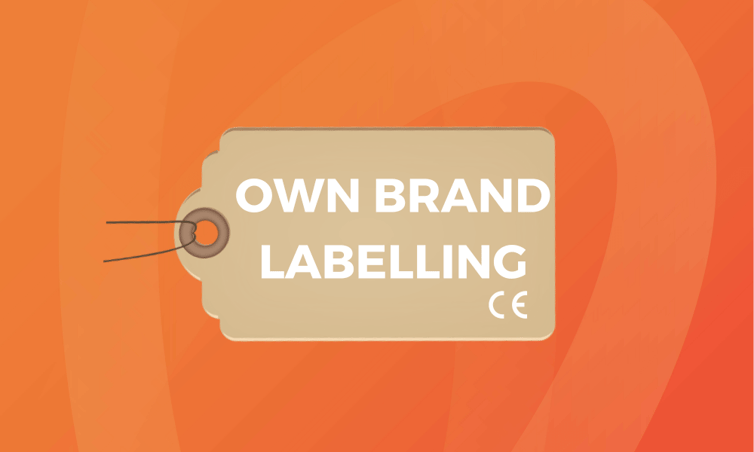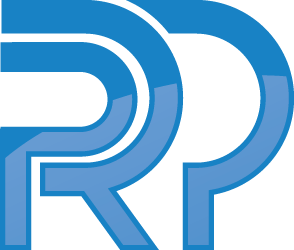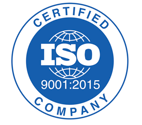
The medical device industry is undergoing a period of substantial change, with the recent introduction of new regulations and guidance including ISO 13485:2016, the Medical Device Single Audit Program (MDSAP), the In Vitro Diagnostic Regulation (IVDR), and the EU Medical Device Regulation (EU MDR). With respect to the EU MDR, which carries a mandatory compliance deadline of May 2020, Original Equipment Manufacturers (OEMs) have been hard at work preparing for the many changes that this important regulation will bring about. However, it is critical for Own-Brand Labeling Manufacturers (OBLs) to also fully understand how they will be impacted by the EU MDR...this looks to be a game-changer for them as well.
Situations where products are manufactured by one organization, but sold under the name of another organization, have become common in the medical device industry. While the OEM is responsible for the design, manufacturing, and packaging of the device, the OBL places their own label or brand name on the device. Under the previous directives, there was a clear delineation between the obligations of the OEM and the OBL, since the OBL is not directly involved in actual manufacturing activities for the particular device. As such, the OBL was responsible for only an "abbreviated" or summary technical file, but now regulatory authorities have reassessed those requirements. To begin, the British Medicines and Healthcare Products Regulatory Agency (MHRA) issued guidance in 2016 which required all manufacturers, including OBLs, to carry the "full" technical documentation for all products placed on the market. Note that the MHRA subsequently issued updated guidance in 2017 which replaced the term "Own-Brand Labelling" with "Virtual Manufacturing".
Further, the new EU MDR was published with Article 10 describing the requirements for the full technical documentation. Nowhere does the EU MDR make an exception for OBLs. The expectation is that Notified Bodies will adhere to these stricter requirements for OBLs, which will greatly increase the workload on regulatory teams. OBLs will need to integrate the technical documentation in their Quality Management System, or QMS, and utilize full and thorough documentation to clearly demonstrate that the medical device meets all regulatory requirements.
As a result, OBLs should begin preparations immediately as the volume and nature of activities to be completed should not be underestimated. Initial steps to take include:
- Perform a detailed gap assessment to determine the shortfall between the current abbreviated technical files and the much more robust stipulations as outlined in the EU MDR;
- Conclude regarding action steps, deliverables, and timelines to overhaul the technical documentation and meet the other pertinent requirements of the EU MDR;
- Reach out to OEM partners to discuss and clearly document agreement on roles and responsibilities to ensure compliance; and
- Determine the appropriate expertise and resources that will be needed to comply with the new requirements in a timely manner.
The regulatory landscape for OBLs is changing drastically, and it's critical for the medical device industry to act now. OBLs can no longer rely on, or refer to, the technical files of their OEM partners. Rather, they need to diligently prepare to hold the complete technical documentation and have it reviewed by, and have their own QMS audited by, the Notified Bodies. Regulatory leaders for OBLs should proactively tackle the requirements of the new EU MDR, including such noteworthy areas as post-market surveillance and risk management. With the mandatory deadline fast approaching, the key is to get the right people involved and get started now.







